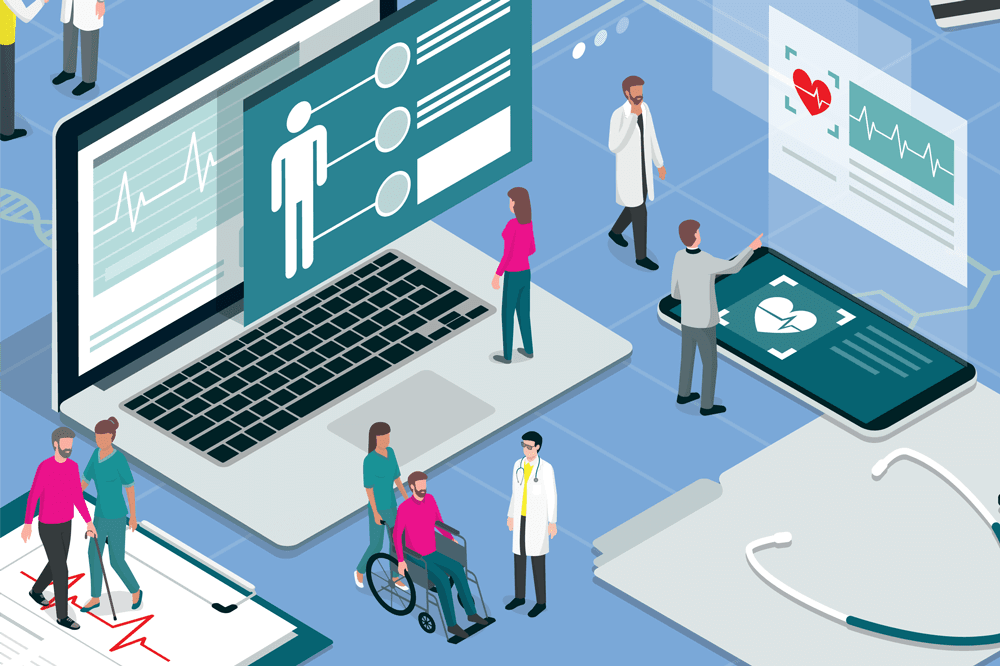- High profile public health emergencies have raised awareness of the importance of infectious disease diagnostics, but huge unmet needs still exist, especially in low- and middle-income countries
- Validation of diagnostics is also a big concern; many laboratory tests have not been adequately validated
- It is difficult for lab professionals to decipher which tests have high-quality performance; medical education is needed to support effective decision-making
- There are many exciting innovations in infectious disease testing, but a change in the approach to hospital financing is necessary for the field to progress and for patient care to be improved
If you scour decades’ worth of health stories in consumer literature, you’re likely to see a great number of articles on “groundbreaking” developments in the treatment of a given condition. Fast forward to the present day and, though these (often sensationalist) stories still abound, you are more likely than ever before to read about a new diagnostic test or screening program in your daily newspaper. Much of this attention has been driven by the molecular diagnostics revolution – particularly in oncology, but recent public health emergencies, such as Ebola and Zika, have also had an impact. And though increased awareness of the criticality of good diagnostics is great for the field, there are downsides. We spoke with Mark Miller, Chief Medical Officer of bioMérieux, to find out more...
If you take the other extreme, we can look at highly complex tests like multi-PCR syndromic panels and novel assays like innovative biomarkers for sepsis prognosis and kidney injury evaluation. Despite the availability of these valuable tests, there is not enough known among the lab community to ensure the widespread use of these diagnostic tests for the right patient under the right conditions. I think laboratory professionals need help and we, as manufacturers, certainly have a role to play. How? By developing evidence-based medical education. If you just look at procalcitonin, which is probably the single most useful biomarker in infectious diseases today, it took over 10 years for significant market adoption. There was a lot of skepticism among clinicians and labs before they realized that there was enough data out there to trust it and use it. Hopefully, we’re a little faster today at getting the message out, but I still think that more education is needed in the infectious disease space.
Mark Miller is the Chief Medical Officer of bioMérieux.
References
- J Carlet, P Le Coz. “Let’s save antibiotics together”, Proposals of the Ad Hoc Working Group for the Preservation of Antibiotics. Ministry of Social Affairs, Health and Women’s Rights. (2015) http://bit.ly/2k5Zvr4




